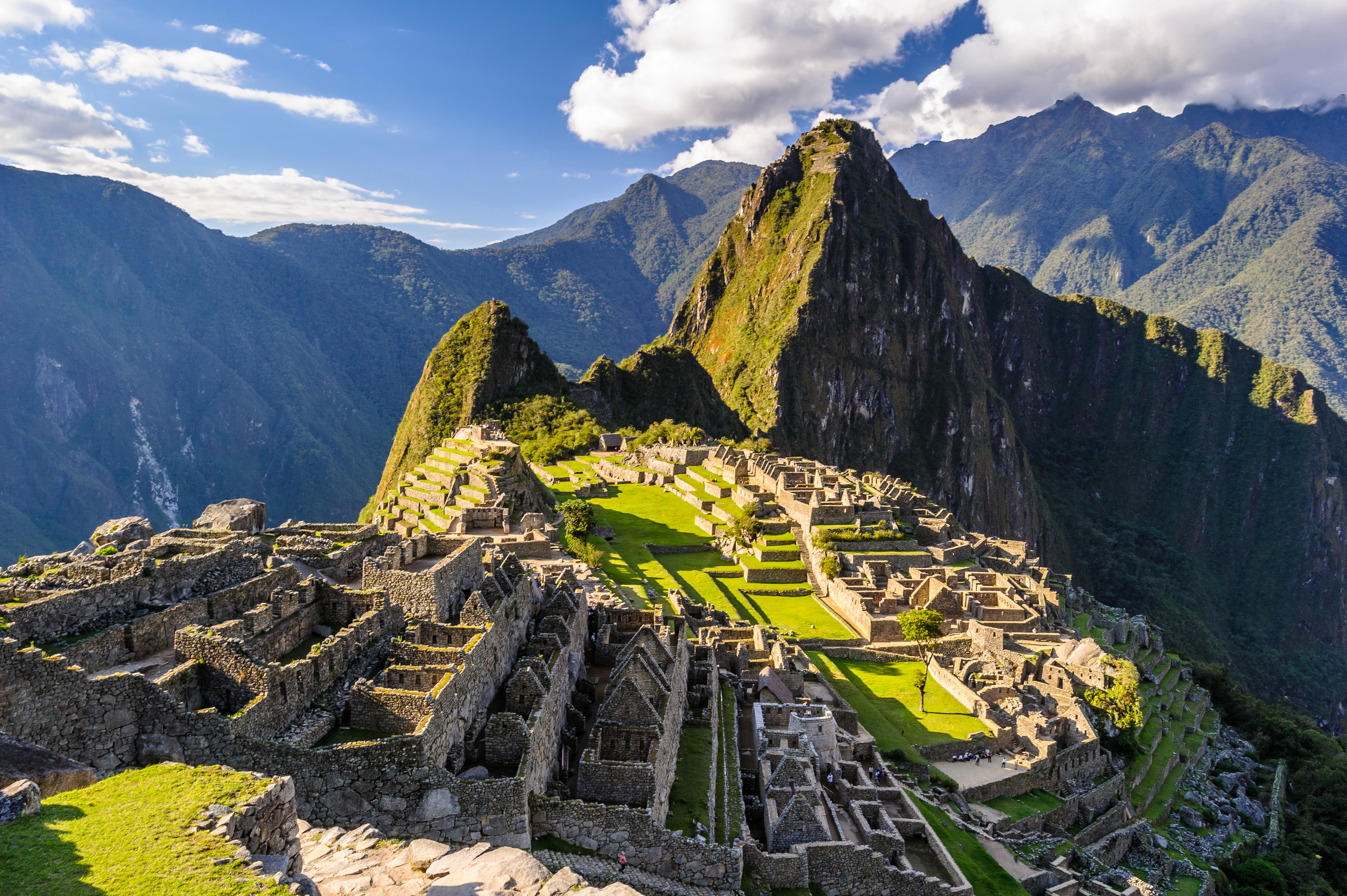Nature Chile, why it is the best adventure destination in the world
Ornithology The art of birding in the jungle of Colombia
It is (officially) one of the 10 most visited destinations in the world along with the pyramids in Egypt, the Eiffel Tower in Paris or
the Indian Taj Mahal
, according to data from the World Tourism Organization itself.
If we talk about South America, this year it has been chosen for the fourth consecutive year
as the best tourist enclave
in the World Travel Awards, the Oscars of the international travel sector.
It received almost
a million visitors
for a reason during the first half of 2019, the year before the pandemic.
The monument that concerns us, the Peruvian Machu Picchu, is also among
the 55 most beautiful on the planet
, according to the list prepared each year by the specialized magazine
Travel + Leisure
.
And it has been part of the UNESCO World Heritage Site since 1983. As if all this were not enough, it is one of the seven wonders of the modern world.
A whole string of records for the ancient Inca town immersed in an impressive mountainous landscape
at 2,430 meters high
on the eastern slope of the Andes.
But after centuries of power and beauty, and when we thought we knew everything about him, something new is discovered: his name is a mistake.
It is called Machu Picchu ("old mountain" in Quechua), but in reality it should be just the opposite:
Huayna Picchu.
Or "young mountain" in said language.
ancient research
The ruling dates back to the discovery of the Peruvian monument in 1911, when
the American explorer Hiram Bingham
first referred to it by asking a local to write his name in his work journal.
It is believed that this one, Melchor Arteaga, wrote
"Macho Pischo"
, although Hiram pronounced it as Picchu.
And so it remained for posterity.
Panoramic view of the Inca citadel of Machu Picchu.SHUTTERSTOCK
Now, however, the
University of Illinois Chicago
(UIC) has turned history upside down with a new report.
According to him, at no time is it written in those first field notes that the enclave was called
Monte Viejo,
since the Incas actually referred to the place by the name of the closest summit (Huayna Pichu) and not the highest (Machu Picchu). ).
This is the conclusion reached by the researcher
Amado Gonzales,
from the
Ministry of Culture of Peru (
Cusco), and the archaeologist Brian S. Bauer, professor of Anthropology at the UIC, as described in an article in the scientific journal
Ñawpa Pacha : Journal of Andean Archaeology.
In said investigation, Bauer assures that
"there are significant data that suggest that the Inca city was really called Picchu
or, more likely, Huayna Picchu", as the UIC points out in a statement.
In his opinion, Bingham was told that the latter was his name, but the American misunderstood when expressing it verbally.
Before the discovery
What's more, the researchers say that the ruins of the city already appear in an atlas in 1904, seven years before the rediscovery.
When Bingham sets out to follow in his footsteps, it was already called Huayna Pichu.
Not surprisingly, according to Bauer, the original name can even be seen in the
stories written by the Spanish conquerors around the 16th century
, a century after its supposed construction.
"We began with the uncertainty of the name of the ruins when Bingham first visited them and then reviewed
several printed maps and atlases
before his visit," says Bauer in the statement from the North American university.
The phonetic reinterpretation of Bingham disrupted the name.
In this way, Huayna Picchu is today the name
of the mountain peak
that is just behind the Inca citadel, when it should not be.
The error has remained five years after five years, despite the fact that in the 90s some archeology experts already questioned it.
They were ignored.
You can follow
El Mundo Viajes
on
,
and
Conforms to The Trust Project criteria
Know more
Tourism
America

